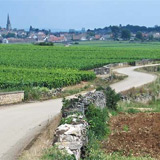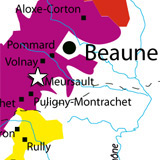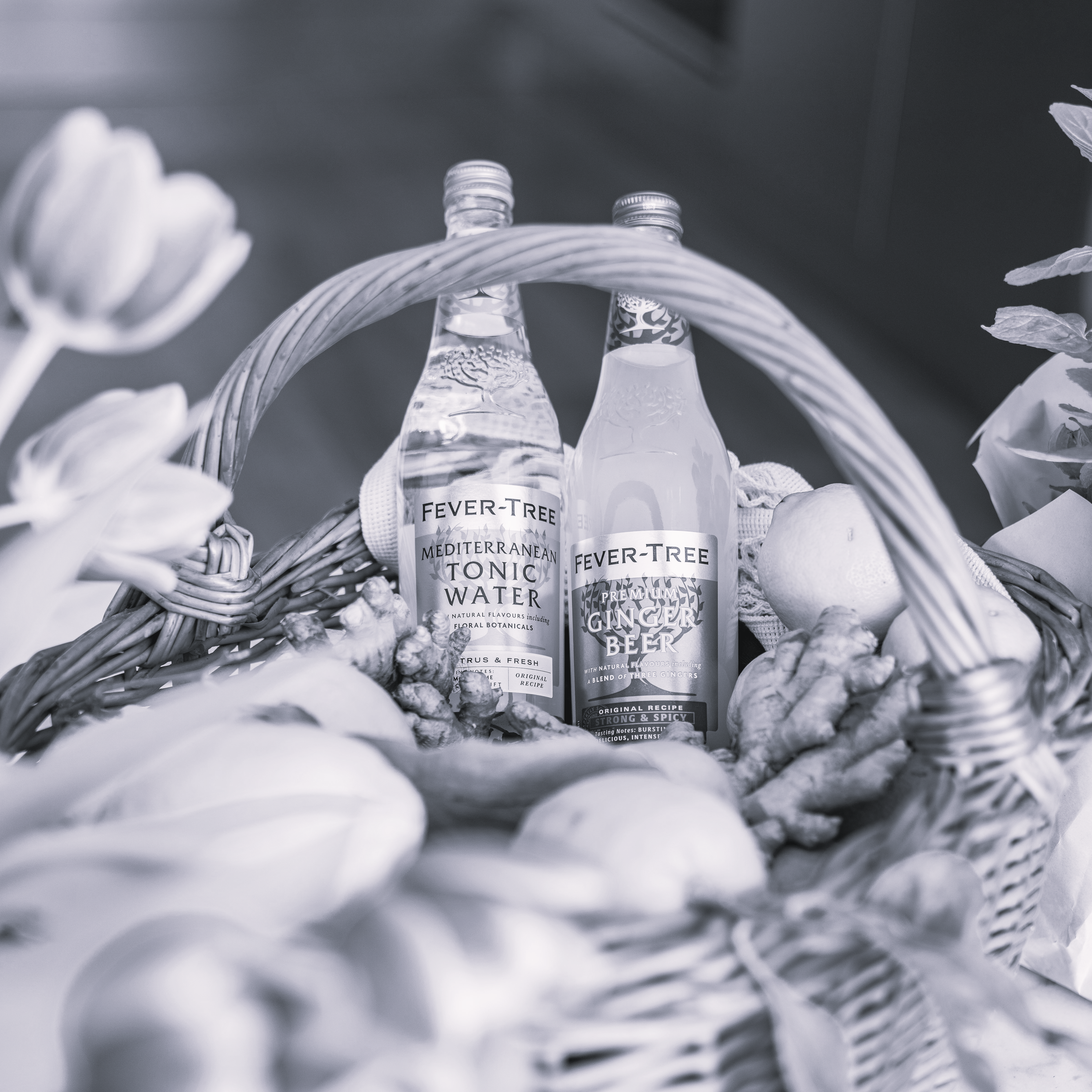Meursault ('Murr-so') wine is produced in the commune of Meursault in Cote de Beaune of Burgundy. Meursault is one of the relatively few Burgundy villages that produce almost entirely white wine (which in Burgundy means Chardonnay). The whites made here tend to be both full-bodied with high acidity, a combination that, at its best, yields wines of real character. Enthusiasts often find roasted chestnuts in the aroma, and a fine Meursault from a good vintage can easily improve in a good cellar for 10 to 15 years or more.
There are no Grand Cru vineyards within Meursault, but several highly regarded Premier Cru vineyards.
With 437ha of vineyards dedicated to Villages wine or Premier Cru, Meursault has the largest area permitted to be planted in white wine in the Cote-d'Or. It seems that white wine has always been grown in Meursault, as early as 1050AD.
Furthermore, despite the fact that the village lacks even one grand cru, Meursault has historically been Burgundy's centre for white wine production - in the past even more so than Puligny-Montrachet or Chassagne-Montrachet.
There are several important factors that determine the reputation of Meursault. Primarily, the soil throughout most of Meursault is perfectly suited to the production of Chardonnay; it is a mixture of marl and chalk, that when combined with a largely east or southeast exposure creates grapes that are full of character.
The most common descriptors attached to Meursault are hazelnuts, honey and vanilla for its aromas and creamy for its texture. However, this simplifies things quite a bit. In most cases, Meursault despite an almost olive-oil texture is countered by a precise mineral character, stoniness and a refined palate. It's the unique stony/mineral character that often gets lost when tasting Meursault, as many concentrate on the ripe, hedonistic primary flavours and aromas. It's this bipolarity of the wine, the interplay of both factors that makes Meursault one of the most sought after white wines in the world.










